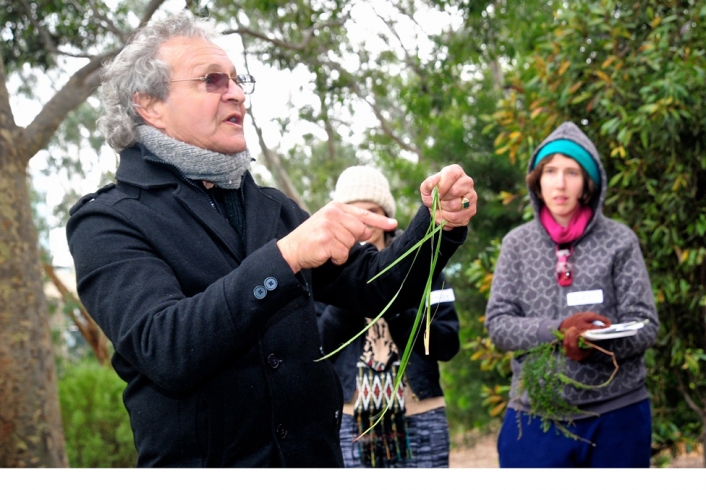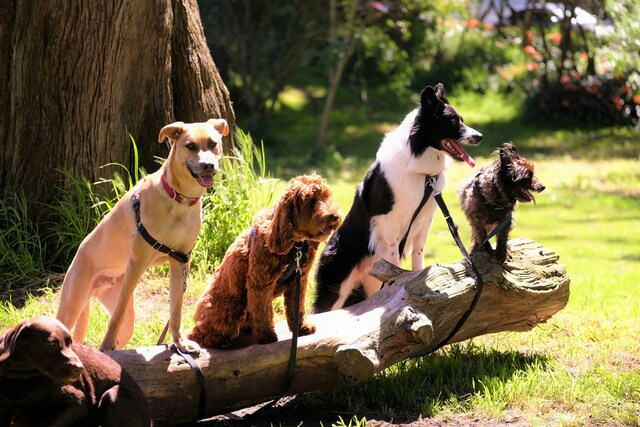The gnarled gum trees scattered across the Bundoora campus of RMIT University stand sentinel to times long before British settlement of the land the new migrants called “terra nullius” – land that belongs to no one.
For tens of thousands of years, Aborigines would cut the bark off parts of tree trunks to use in making carry-alls, baby beds and bark canoes. These left a permanent mark on the tree trunks which today are known as scarred trees.
They are not the only marks left by Australia’s first people. According to the Australian War Memorial, Aborigines have fought for Australia since the Boer War in 1899. But the warriors who fought in what they refer to as the Frontier Wars, beginning in 1778 against British settlers, are not even acknowledged in our history books.
Last week’s National Aborigines and Islanders Day Observance Committee (NAIDOC) Week celebrated the theme of “Serving country: centenary and beyond to mark 100 years since World War 1”.
Co-chair of NAIDOC’s Victorian committee, Lidia Thorpe, says the theme aimed to recognise Australia’s true history. “It’s recognising that we have survived the last 226 years and acknowledging the true history that makes up our country,” Ms Thorpe said.
Last week, Wurundjeri traditional elder Ian Hunter hosted a tour of RMIT’s six scarred trees, which form the Keelbundoora Scarred Trees and Heritage Trail, to commemorate NAIDOC Week.
Some of the trees are more than 400 years old and were originally marked for ceremonial and boundary purposes. “They have great significance because they identify regions our people inhabited,” said Mr Hunter, adding that the trees were also important to educate modern generations and highlight Bundoora’s indigenous history.
…







